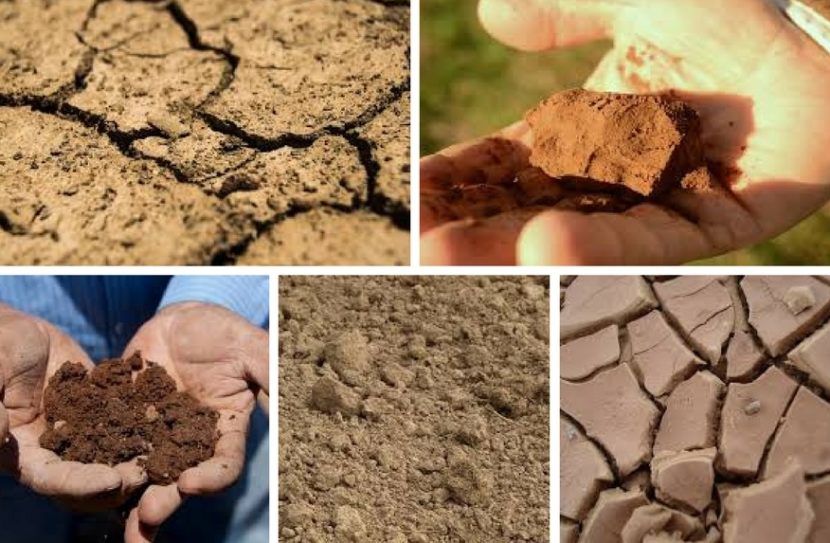The most common types of soil are somewhere in between of these:
Sandy soil:
- If you take some soil in your hand and squeeze it, the lump falls apart even if it is moist. It is easy to cultivate.
- It warms up quickly, so you can plant early in spring.
- It needs frequent tilling as it gets stiff quickly.
- It doesn’t hold water well and needs more frequent watering in smaller amounts, and covers during summer.
- Fertilize several times in smaller amounts to minimize loss.
- Organic fertilizers (home compost) are best. Use barn manure only in small amounts as it dissolves slowly.
- Plant crops suitable for green fertilizing.
Clay soil:
- If you squeeze the soil in your hand, you get a sticky lump. It is hard to cultivate.
- It warms up slowly in spring, so they are better for planting seedlings in than sowing seeds.
- It needs to be turned over during fall so that soil clumps fall apart during winter.
- It is recommended to frequently use barn manure for fertilizing, except for bulb vegetables and legumes.
- In rain it is important to till it to avoid root decay.
- If the soil is acidic, it is good to add some lime or flint sand.
- The soil needs frequent digging, burrowing the plant mass and fertilizing with organic fertilizers (home compost) to loosen.
- Avoid walking on wet ground so it doesn’t get stiff.
- Plant green fertilizing plants with strong roots.
Loam soil:
- If you take some soil in your hand and squeeze it, it falls apart to small clods. This type of soil is the most appropriate to cultivate.
- It doesn’t need frequent fertilizing; you just have to maintain its good condition.
- Use barn manure moderately. Fertilize with organic matter (home compost).
- It is recommended to cover it during summer.
Crops need fertile and soft soil, full of life (earthworms, microorganisms etc.) to grow well. It gives them enough air, water and nutrients. The ground is never bare in nature – cover it with mulch or ground covering plants and enable nutrients renewal – with compost, barn manure or other natural fertilizers.

